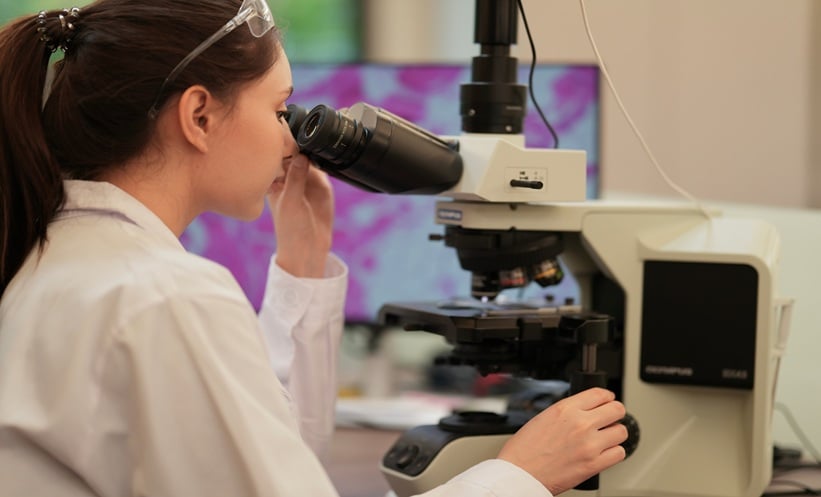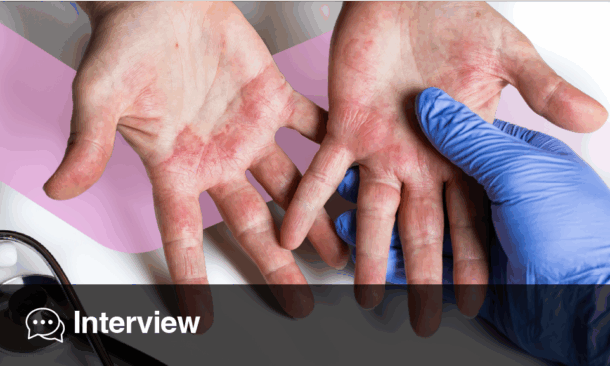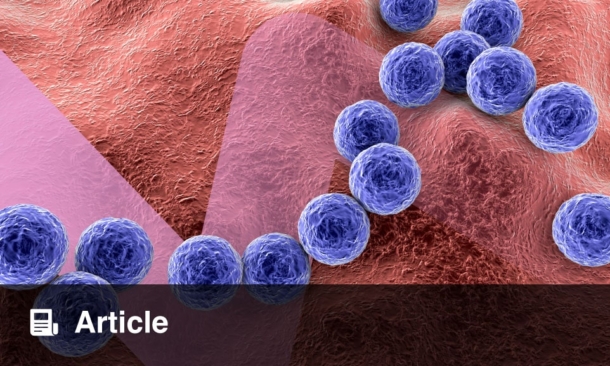IN a compelling case that underscores the complexity of biologic therapies, a patient with hidradenitis suppurativa (HS) developed adalimumab-induced pustular psoriasis, which was successfully treated with guselkumab. This outcome highlights the potential for paradoxical psoriasis from TNF-alpha inhibitors and supports IL-23 blockade as a viable treatment alternative.
Pustular psoriasis is a rare and severe form of psoriasis marked by widespread erythematous plaques topped with sterile pustules. The pathogenesis involves aberrant T-cell activation via plasmacytoid dendritic cells and Type I interferon signaling. Paradoxically, anti-TNF agents like adalimumab, while often used to treat inflammatory dermatoses, can exacerbate this interferon pathway, leading to psoriasis flares.
The report describes a 58-year-old woman undergoing treatment for HS with adalimumab. After one month, she presented with a diffuse pustular eruption. Histopathologic evaluation via punch biopsy confirmed pustular psoriasis, and direct immunofluorescence and fungal staining were negative. Initial therapy with topical corticosteroids failed to control the eruption.
Upon discontinuation of adalimumab, the patient was initiated on guselkumab, an IL-23 inhibitor, while continuing topical steroid therapy. The response was rapid and sustained, substantial improvement occurred within one week, with continued resolution at one month.
This case highlights the importance of clinical vigilance in recognizing paradoxical cutaneous reactions to TNF-alpha inhibitors. In patients presenting with new-onset pustular eruptions while on these therapies, alternative etiologies including drug-induced psoriasis should be considered. IL-23 inhibitors such as guselkumab may offer a more targeted and effective approach in managing these complex presentations, especially in the context of coexisting inflammatory diseases like HS.
Reference:
Valle et al. Successful Treatment of Adalimumab-Induced Pustular Psoriasis With Guselkumab in a Patient With Hidradenitis Suppurativa. Cureus. 2025;17(5):e84626.








